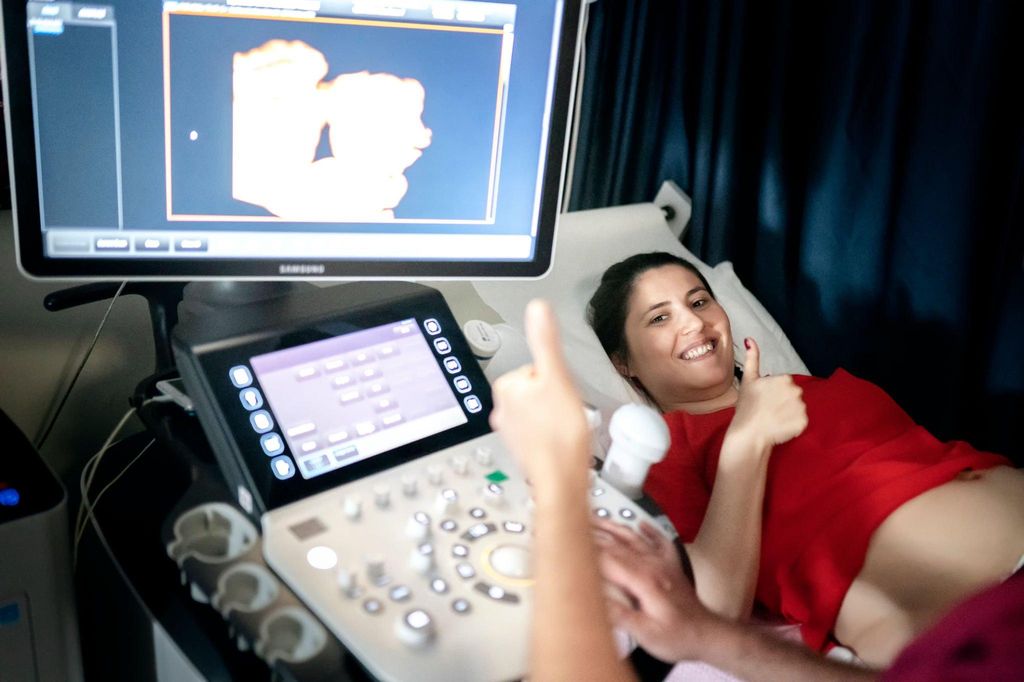Summary
This retrospective analysis, involving 123 patients with breast masses, aimed to compare the performance of breast ultrasound with a computer-aided diagnostic (CAD) system to conventional ultrasound in detecting malignant breast cancer.
Using pathology results as the gold standard, the study found that CAD exhibited higher specificity (92.71% vs. 62.5%), accuracy (93.5% vs. 69.92%), and a significantly greater area under the receiver operating characteristic curve (AUC) compared to conventional ultrasound (0.9450 vs. 0.7940, p < 0.0001).
In a subgroup analysis of masses ≤20 mm, CAD consistently demonstrated higher specificity, accuracy, and AUC, suggesting its potential to improve diagnostic performance, especially in identifying benign lesions and reducing unnecessary invasive procedures.










